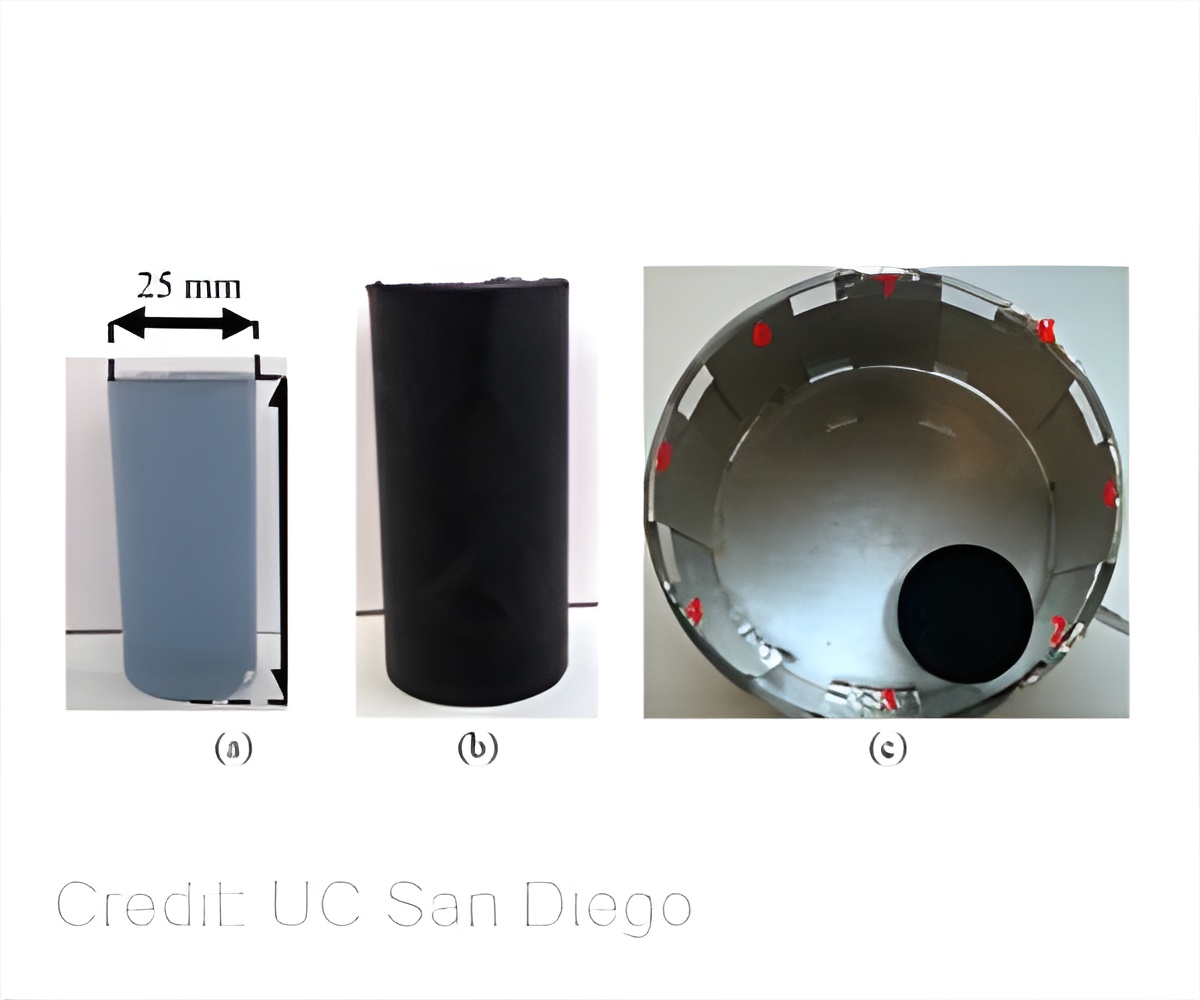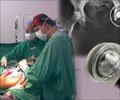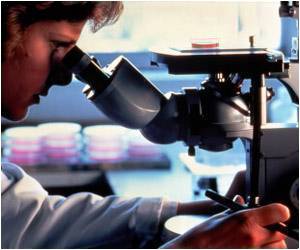A new non-invasive method to detect infections in prostheses has been developed by a research team.

- Current methods to detect prosthetic infection require patients to undergo burdensome imaging procedures such as MRI, CAT scan or X-rays.
- Simple imaging technique to detect infections in prostheses developed.
- The method consists of an innovative material to coat the prostheses.
To detect the health of the sample (i.e. tissues, bone or prothesis), an algorithm was designed to process the measurement data to allow the physicians to reconstruct a predetermined area’s electrical properties. Prosthetic infections can cause changes in the electrical field which can be detected via ECT. The algorithm was further improved by Loh and Ph.D. student Sumit Gupta to make it more accurate.
A thin-film sensor made of a conductive polymer matrix that is sensitive to pH was sprayed onto the prostheses to improve the imaging technique's ability to detect infection or other issues occurring in the tissue or prosthesis.
"This is a new modality of sensing that hasn't been widely used to detect infection before," Loh said.
To test the working of their new system, the research team used a spray-coated plastic rod as a surrogate of an actual prosthesis along with a thin-film sensor.
After each exposure to a solution, they used their prototype system to scan the rod to obtain electrical measurements for their ECT algorithm.
“The combination of these two techniques makes our method optimal and, potentially, highly sensitive to different complications related to these prostheses and implants," Loh said.
Loh added: “Next steps would include refining the measurement setup and to conduct animal testing, which is about three years out”.
The research team presented their findings at the 6th Asia Pacific Workshop on Structural Health Monitoring in Hobart, Tasmania, Australia.
Prosthetic Joint Infections (PJIs):
PJIs occur in the wound or deep around the artificial implants. Infections are caused by bacteria.
Less than 10% of prosthesis recipients develop implant-associated complications during their lifetime.
Prosthetic joint infections are classified according to the timing of symptom onset after implantation
1.Early onset (less than 3 months after surgery)
2.Delayed onset (from 3 to 12 months after surgery)
3.Late onset (greater than 12 months after surgery)
Risk factors for PJIs include rheumatoid arthritis, psoriasis, immunosuppression, steroidal therapy, poor nutritional status, obesity, diabetes and extremely advanced age.
Reference
- Prosthetic Joint Infections - (http://www.isdbweb.org/documents/file/285_infections.pdf)









